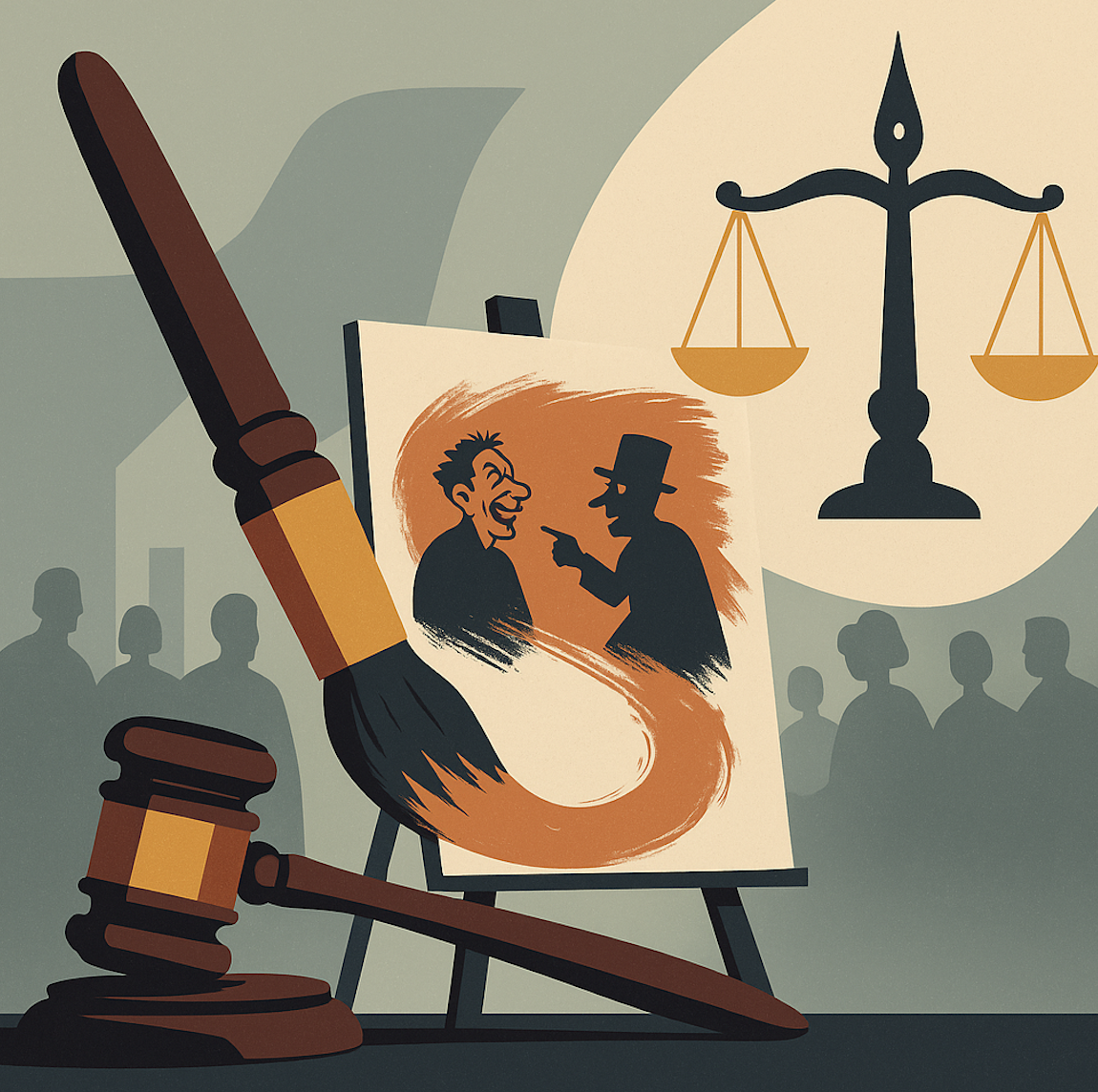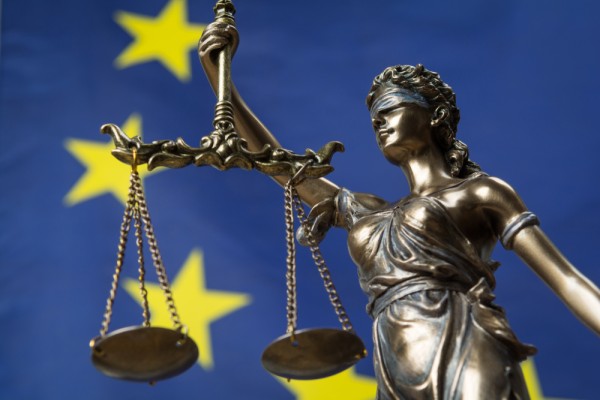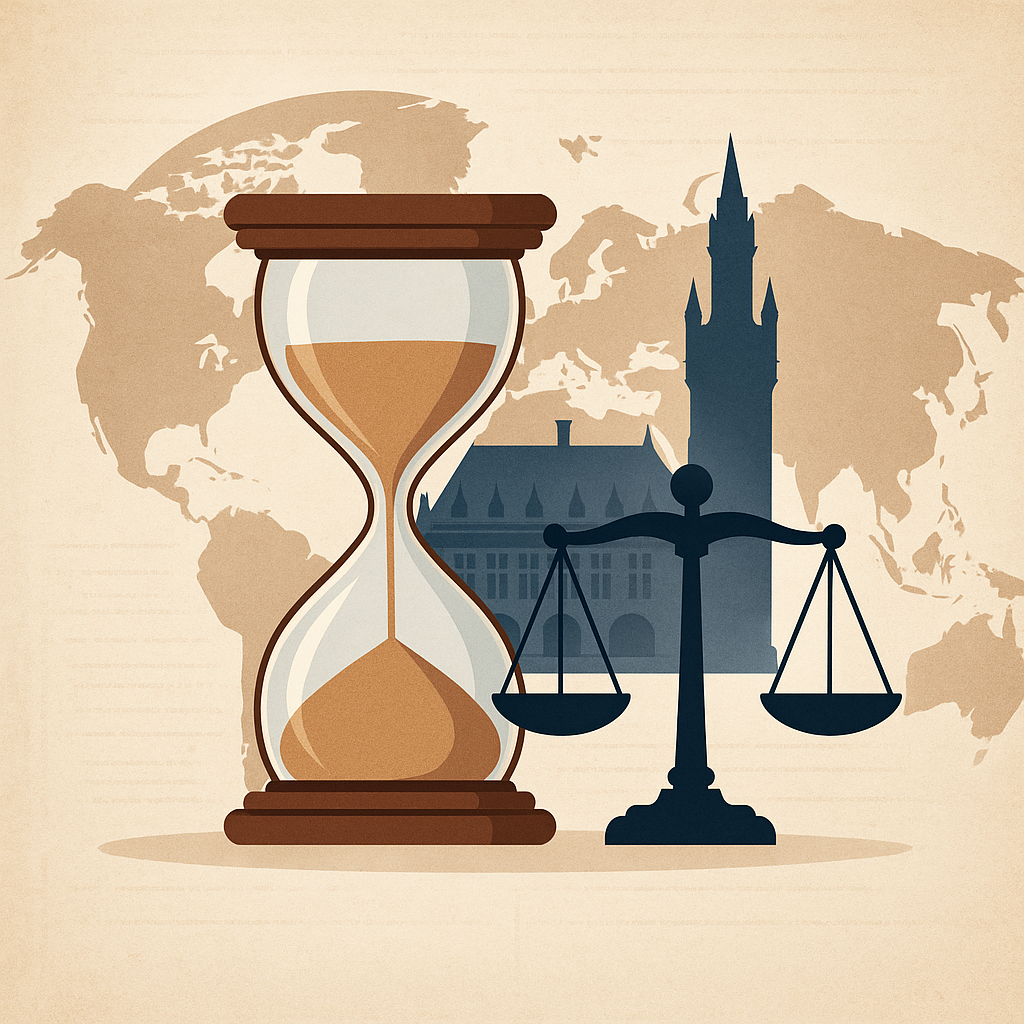This blog post explores the European Court of Human Rights’ approach to the intersection of satire, artistic expression, and personality rights in the case of Vereinigung Bildender Künstler v. Austria. The judgment is a critical reminder of how freedom of expression is protected—yet not absolute—in a democratic society.
Context and Legal Background
In Vereinigung Bildender Künstler v. Austria, the European Court of Human Rights (ECtHR) was asked to assess whether banning the display of a provocative artwork violated Article 10 of the European Convention on Human Rights (freedom of expression). The case stemmed from a 1998 art exhibition in Vienna, where the association Vereinigung Bildender Künstler Wiener Secession displayed a painting titled Apocalypse by Otto Mühl. The painting depicted 34 public figures—including Austrian politician Mr. Meischberger—in explicit, satirical scenes.
Mr. Meischberger claimed the painting damaged his reputation and invoked Section 78 of the Austrian Copyright Act. After the Vienna Commercial Court dismissed his request, the Court of Appeal and the Supreme Court ruled in his favor. They prohibited further public exhibition of the work and ordered the association to pay damages.
The Court’s Reasoning
In a narrow 4–3 ruling delivered on 25 April 2007, the ECtHR found a violation of Article 10. The Court accepted that the interference was “prescribed by law” and pursued the “legitimate aim” of protecting the reputation of others. However, it concluded that the injunction was not “necessary in a democratic society.”
It first determined whether there had been an interference with the right to freedom of expression. It then examined whether the interference is prescribed by law, which in this case was not challenged as it was based on Article 78 of the Austrian Copyright Act. The Court identified whether the interference pursued one or more legitimate aims listed in Article 10 § 2. In this case, the aim was the “protection of the rights of others,” specifically Mr. Meischberger’s public image, and the interference was justified by the need to safeguard his reputation. The Court ruled out the ground of protecting public morals, considering it had not been raised in the domestic courts’ decisions.
The critical step was to assess whether the interference was necessary in a democratic society. This involved a proportionality test, balancing the applicant’s freedom of expression against the legitimate aim pursued. The Court took into consideration several factors:
-
Nature of the expression: The painting was characterized as both artistic and satirical. The Court emphasized that satire is a form of artistic expression that inherently exaggerates and provokes, warranting heightened protection. The Court noted the use of caricatured elements and exaggeration, recognizing it as part of satire, and accepted this as a form of social commentary.
-
Context of the work: Given Mr. Meischberger’s role as a politician, the Court noted that public figures must tolerate a higher degree of criticism. It also considered the view of the first-instance court, which saw the painting as a form of political counter-speech.
-
Impact on the individual: The allegedly offensive content had already been partially damaged by the time proceedings began, weakening the claim of reputational harm.
-
Extent of the interference: The national injunction imposed a blanket and indefinite ban, restricting future exhibitions without regard to context or audience.
Balancing these factors, the Court found that the injunction was disproportionate to the aim pursued. The decision underscored the essential role of artistic freedom in democratic discourse.
Diverging Views: The Dissenting Opinions
Three judges dissented.
-
Judge Loucaides rejected the majority’s view on the nature of the artwork, describing it as vulgar and devoid of artistic merit. He argued that even satirical art must be constrained where it causes unjustifiable harm to reputation and dignity.
-
Judges Spielmann and Jebens emphasized that artistic freedom is not absolute and must be balanced against personality rights. They referred to German constitutional jurisprudence prioritizing human dignity over artistic liberty in extreme cases. Additionally, they pointed to the unauthorized use of Mr. Meischberger’s photograph, hinting at potential Article 8 (private life) concerns.
The dissenting judges also disagreed with the majority’s conclusion that a finding of violation alone was sufficient just satisfaction under Article 41.
Conclusion
Vereinigung Bildender Künstler offers a nuanced examination of the limits of artistic and satirical expression. While reaffirming that satire deserves robust protection, the ruling also clarifies that this protection is not unlimited—particularly when it collides with the rights and dignity of others. In its careful proportionality analysis, the Court ultimately favored the expression of artistic critique over a broad and indefinite restriction, marking an important precedent in the jurisprudence on cultural freedoms in Europe.
Ultimately, the case reminds us that in a democratic society, artistic freedom—especially in the form of satire—must be safeguarded, even when it challenges individual sensitivities.





